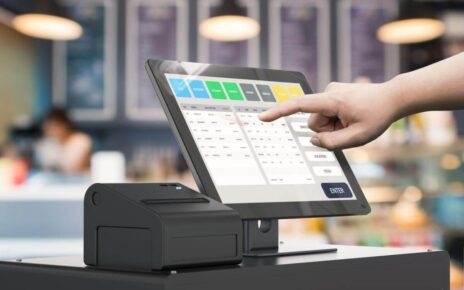New York City (NYC) boasts a prominent skyline and a diverse population, making it tough and exciting for companies, especially grocery. New York City businesses have evolved to accommodate the needs of millions of people and the city’s changing environment. This article discusses busy city retailers’ success criteria and growth strategies as NYC Deals LLC wishes to spread their supermarket wings in NYC.
Customer Diversity and Pickiness in New York
New York City’s shops succeed due to its varied and finicky clientele. Stores perform successfully by providing a broad choice of things to meet everyone’s likes with individuals from all nations, races, and backgrounds. New York City supermarkets have become gastronomic melting pots, offering organic, health-focused, and international cuisine.
For retailers, understanding client demands is crucial
This has allowed them to increase their product portfolio and make shopping more fun for more individuals. Supermarkets in fashionable districts and historic communities have adjusted to fit client requirements. This helped them succeed overall.
Smart Location and Easy Access for NYC Deals LLC
New York City shops’ smart locations have been crucial to their success. Stores are deliberately positioned in high-traffic, densely populated areas because accessibility is crucial. Supermarkets are near residential neighborhoods, public transit stations, and commercial centers, making them accessible to all local residents.
Famous Manhattan, Brooklyn, and Queens neighborhoods feature businesses that take advantage of real estate offers. These sites promote your company and attract New Yorkers and millions of visitors. Having a grocery near home or work makes shopping easy, which helps them succeed.
Urban Lifestyle Adjustment
New York City supermarkets have handled city life’s particular challenges. The city’s brisk pace makes consumers demand quick and convenient shopping. Thus, supermarkets have enhanced the shopping experience by improving design, checkout speed, and technology.
In time-pressed New York City, “one-stop shopping” appeals. Modern supermarkets offer more than fresh food and merchandise. Meal kits, prepared meals, and other interesting goods are available. NYC retailers thrive because residents can find everything they need in one spot.
New York City shops that succeed utilize innovative marketing and promotions to stand out in a congested market. Reward schemes, targeted discounts, exclusive agreements, and themed events have helped grocery retailers engage with consumers.
Grocery businesses sometimes partner with local merchants, celebrity chefs, or social media stars to gain exposure and excitement. Discounts, limited-time bargains, and seasonal specials keep consumers coming back and attract new ones. Supermarkets are successful because they can adapt their marketing to New York City’s shifting preferences.
Integration of Technology
New York City supermarkets recognize that technology improves consumer experience. Many grocery companies provide online ordering and delivery so consumers may buy from home. Advanced point-of-sale systems, self-checkout, and mobile payment options simplify and speed up operations.
Community Engagement and Local Initiatives
New York City supermarkets succeed when they collaborate with the community. Supermarkets engage with local manufacturers and dealers and promote community activities. They typically support local firms that do good.
Conclusion
The success of retailers in New York City demonstrates their ability to adapt and suit the requirements of local residents. In New York City’s fast-paced and competitive environment, supermarkets have survived and thrived by understanding their customers’ needs, strategically placing their stores, adapting to city life, embracing technology, developing creative marketing strategies, and getting involved in the community. Stores in New York City are vital to everyday life despite their constant change. They provide goods and contribute to the city’s culture and gastronomy.





